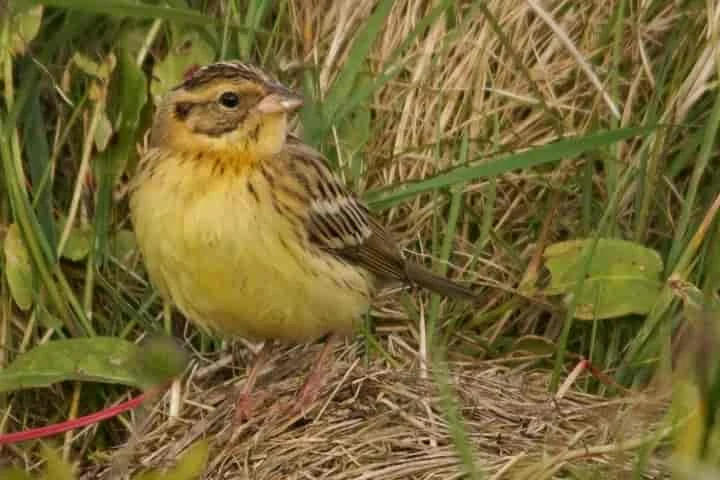There is a cause of grave concern among conservationists and environmentalists as new research has shown that wild birds are dying in thousands from diseases, change in climate, loss of habitat and overexploitation.
The study, according to a sciencealert.com report stated that 48 per cent of living bird species are confirmed or likely to be suffering from decline in population. Sounding a warning, it went on to highlight that the future of 5,000 species is risky while among the birds studied, a mere six per cent shows an increase in number.
Commenting on this, Alexander Lees, a conservation biologist from United Kingdom’s Manchester Metropolitan University and also at the Cornell Lab of Ornithology said: "We are now witnessing the first signs of a new wave of extinctions of continentally distributed bird species. Avian diversity peaks globally in the tropics and it is there that we also find the highest number of threatened species."
The same team of researchers had also worked out in 2019 that in Northern America, since the 1970s, three billion breeding birds had been lost.
Likewise, a 2021 study had suggested that birds numbering millions had in the past 40 years vanished in Europe. This pattern is being repeated all over the world but more so in polar, tropical and montane birds.
While data on trends of bird population in tropical and subtropical regions are not much when compared with that of temperate regions, reports have been there from countries like South Africa that 50 per cent of its bird population are losing their habitat. There is no study to pinpoint the exact loss.
In the last decade there has been a decline in avian population in Costa Rica – famed for bird biodiversity. Likewise, threatened bird species habitats are there in the eastern Himalayas, tropical Andes, eastern Madagascar, southeast Brazil and islands located in Southeast Asia.
Also read: Sheer fear of predators, forces sparrows to cut down on laying eggs and hatching offspring
Talking about these numbers, the authors wrote: "Estimates based on current trends predict an overall effective extinction rate… six times higher than the rate of outright extinction since 1500.
Australia’s temperate zones have witnessed large habitat loss and this has adversely affected the farmland and woodland bird species.
A similar trend in Japan depicts the loss of huge portions of habitat range of the brown shrike and the yellow-breasted bunting.

Brown shrike (Pic. Courtesy Twitter/@TaiwanBirding)
The scientists suggest that the study stresses not easing conservation efforts and on the contrary reinforces the need for logging on a selective scale, controlling grazing and wildfires and improvement in the quality of habitats. This can help in wild landscape restoration.
Commenting on this aspect, Lees said: "The fate of bird populations is strongly dependent on stopping the loss and degradation of habitats. That is often driven by demand for resources. We need to better consider how commodity flows can contribute to biodiversity loss and try to reduce the human footprint on the natural world."
Change in climate too is playing a role in expansion or shrinkage of avian habitats. This is also affecting their migration, with the birds arriving or leaving their destination either too early or too late.
Besides being pollinators and vital for the ecosystems, birds are excellent indicators of the health of the environment.
Raising a ray of hope, Ken Rosenberg, who is a retired conservation scientist and once worked at Cornell remarked: "Fortunately, the global network of bird conservation organizations taking part in this study have the tools to prevent further loss of bird species and abundance. From land protection to policies supporting sustainable resource-use, it all depends on the will of governments and of society to live side by side with nature on our shared planet."
Details of this research were published in the Annual Review of Environment and Resources.




















